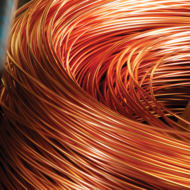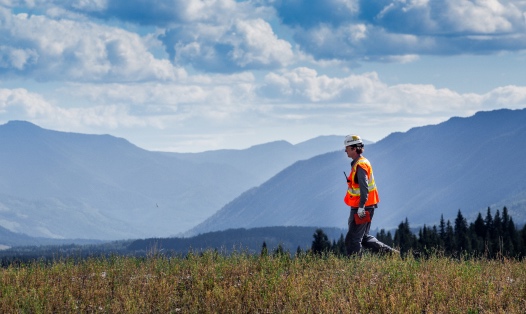How simple, smart changes are making two Teck operations safer and healthier places to work.
Innovation doesn’t have to involve big, new or expensive technologies. In fact, the best innovation is sometimes the result of simply finding a better way to work.
This was certainly the case at Line Creek Operations and Highland Valley Copper, where cross-functional teams worked to implement simple, smart changes that make their work safer and healthier.
Reducing Dust Exposure
Many jobs in the mining industry encounter the hazard of dust or particulate exposure. The dust particles that are most concerning are extremely small and cannot be seen with the naked eye. Consider the average width of a human hair—50 to 70 microns—compared to respirable particles that are about 2.5 microns. When inhaled, longer-term exposure to these particles can pose a risk of occupational disease.
Single-Lift Stockpiles at Highland Valley Copper
The project team at Highland Valley Copper found an innovative solution to reducing exposure to dust generated by handling material called stemming, which is put inside of a blast hole to help prevent gases from escaping. This activity produced large amounts of fine dust, creating an exposure hazard for equipment operators and blasters.
By taking a closer look, the team realized that stemming material was being pulverized when loaders were driving onto multi-layer stockpiles. After a careful and collaborative review, a simple solution was identified: if they limited stockpiles to a single lift, the amount of fine dust generated would be significantly reduced and, as a result, the risk of exposure would drop dramatically.
This is an example of prevention through a change in operational practice.
Pipe Assembly Facility Redesign at Line Creek Operations
The project team at Line Creek Operations found an innovative solution to reducing exposure to dust generated by cutting hydraulic hoses, an activity that creates potentially harmful particulates.
To do so, they worked with the Health and Safety team to design a new pipe assembly facility, complete with exposure reduction controls and exhaust ventilation that interlocks with the saw. The latter prevents the saw from running without ventilation, and effectiveness testing, also built in, ensures the system continues to function well.
This is an example of prevention through design.


